Polypropylene Plastic or PP, is a thermoplastic polymer which is created by propylene monomers and it has a wide range of commercial benefits. Depending on your specific needs, polypropylene plastic may be exactly what you’re looking for to tackle a wide range of projects.
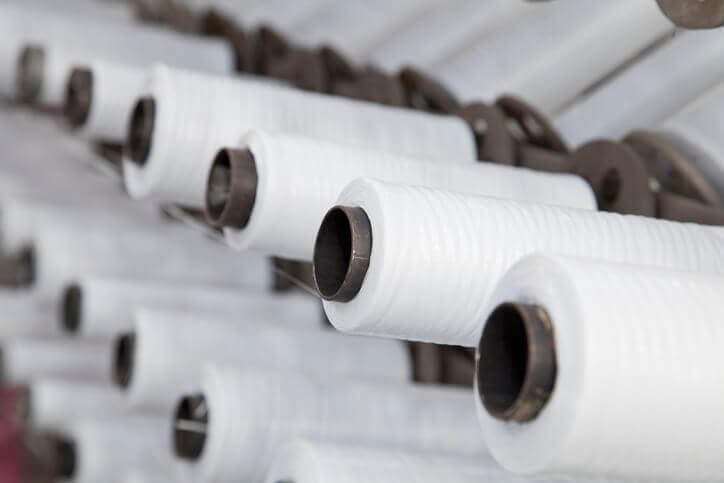
Let’s take a closer look at polypropylene plastic, its history, and a few of its advantages over different types of materials on the market.
Polypropylene Plastic: A Brief History
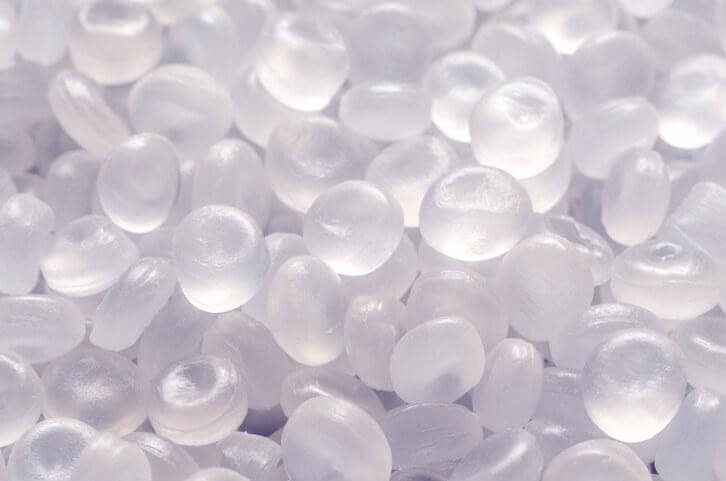
Propylene was first polymerized in 1951 by J. Paul Hogan and Robert Banks of Phillips Petroleum Company in Bartlesville, Oklahoma. They were looking for ways to convert ethylene and propylene into components for gasoline. Coincidentally, they found the catalyst that transformed these products into solid polymers. This results in the creation of crystalline polypropylene and high-density polyethylene.
Polypropylene: How is It Made?
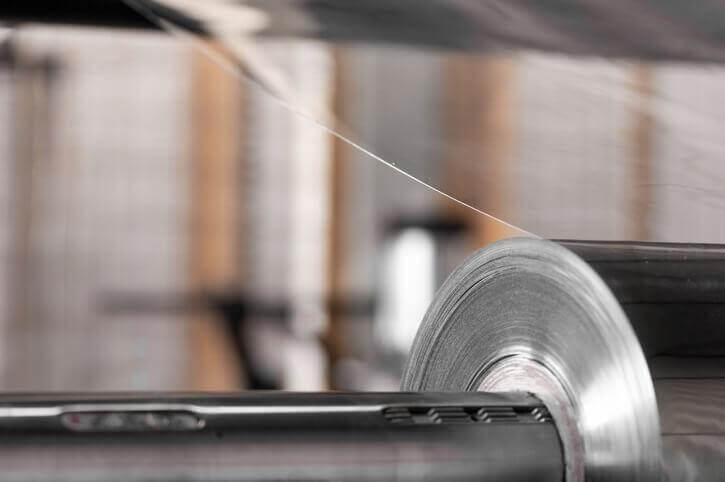
Polypropylene plastic is produced by the chain-growth polymerization of propylene, a gas that is obtained from the cracking of petroleum. It can be created with different molecular structures under various controlled conditions, but only the “isostatic” form can be developed in large quantities. Polypropylene plastic is commonly created into sheets that can vary in thickness and size. It is also available in fluted sheets that are UV and moisture resistant.
Polypropylene is inexpensive, non-staining and non-toxic. It does not contain BPA, making it an ideal option for food packaging.
A Look at the Benefits of Polypropylene Plastic
One of the key benefits of polypropylene plastic is that has an extremely high melting point. For this reason, it works well for use in food containers where temperatures can reach high temperatures (no more than 320 degrees Fahrenheit).
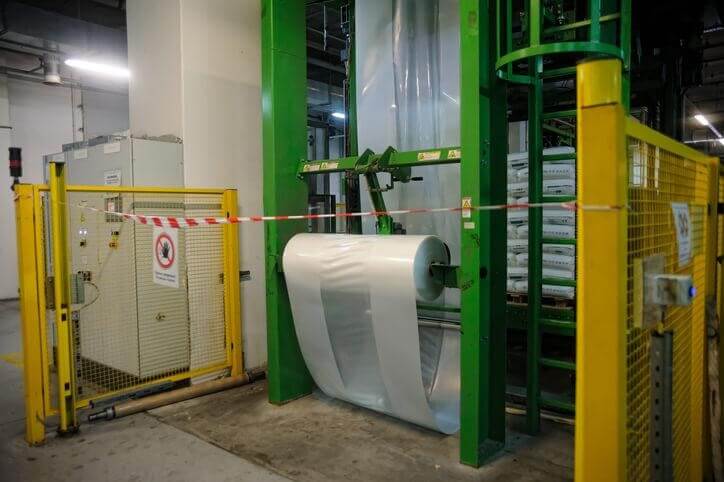
Another advantage of using polypropylene plastic is that it can be customized in various ways. Dyes can be added to polypropylene during the molding process, meaning it can come in a wide range of colors to suit different needs. This makes it ideal for retailers who are trying to create displays that quickly attract the interest of potential buyers.
Polypropylene also does not absorb water, unlike other plastics. This means that there is less of a chance of it molding or deteriorating under certain conditions.
Finally, polypropylene plastic is very flexible and lightweight. Because of this, it is unlikely to shatter or take damage prior to breaking. That being said, it’s more important to note that it still may not be as “unbreakable” as other types of plastic sheets, such as polyethylene.
Uses for Polypropylene Plastic
There are several uses for polypropylene plastic. First, it is commonly used for packaging applications since it has good barrier properties such as high strength and good surface finish. Polypropylene can be used for both flexible and rigid packaging applications. Next, it is commonly used for consumer goods such as furniture, food containers, and more. Aside from food containers, polypropylene can be used in electronic products- it has a low level of electrical conductivity that makes it ideal in certain use cases.
Polypropylene plastic can be used for automotive applications as well due to its low cost, outstanding mechanical properties and moldability. These include products like battery cases, bumpers, and fender liners. PP is often used for fibers and fabrics such as tape or strapping.
Additionally, Polypropylene is used in medical applications due to its high chemical and bacterial resistance. It is mainly use for disposable syringes, but is also used for specimen bottles, food trays, pans, and more.
Lastly, polypropylene had industrial applications such as acid and chemical tanks, sheets, and pipes. Polypropylene works well for these products due to its high tensile strength, resistance to high temperatures and corrosion resistance.
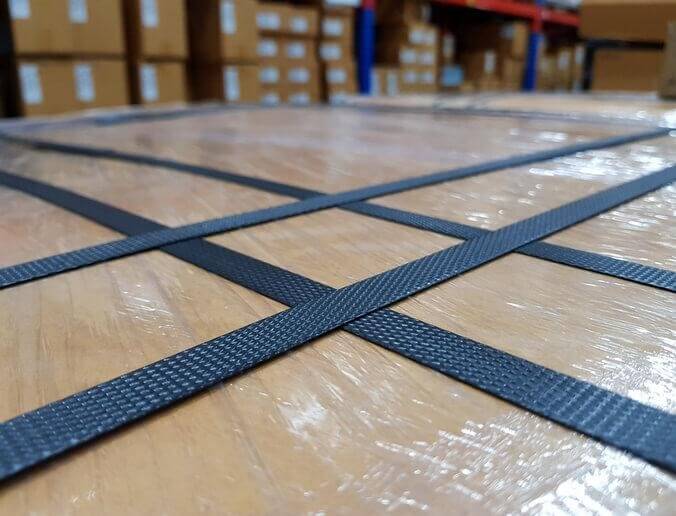
Final Thoughts
Whether you’re interested in creating unique signage and displays or you’re simply looking for a safe plastic to keep around your food, there a number of advantages to utilizing polypropylene. In the end, opting for polypropylene plastic can save you money while ensuring that you have a reliable material on hand for years to come.

